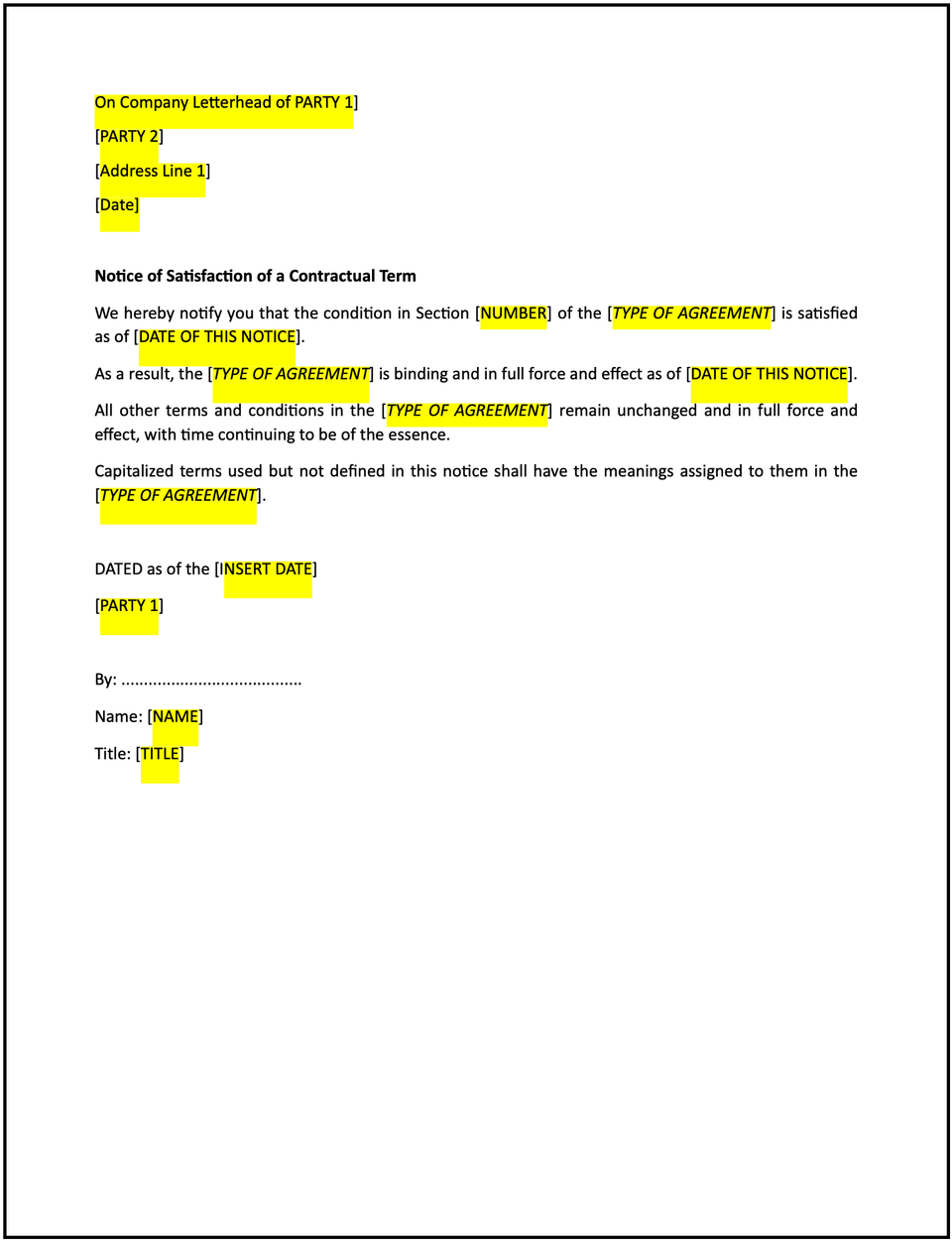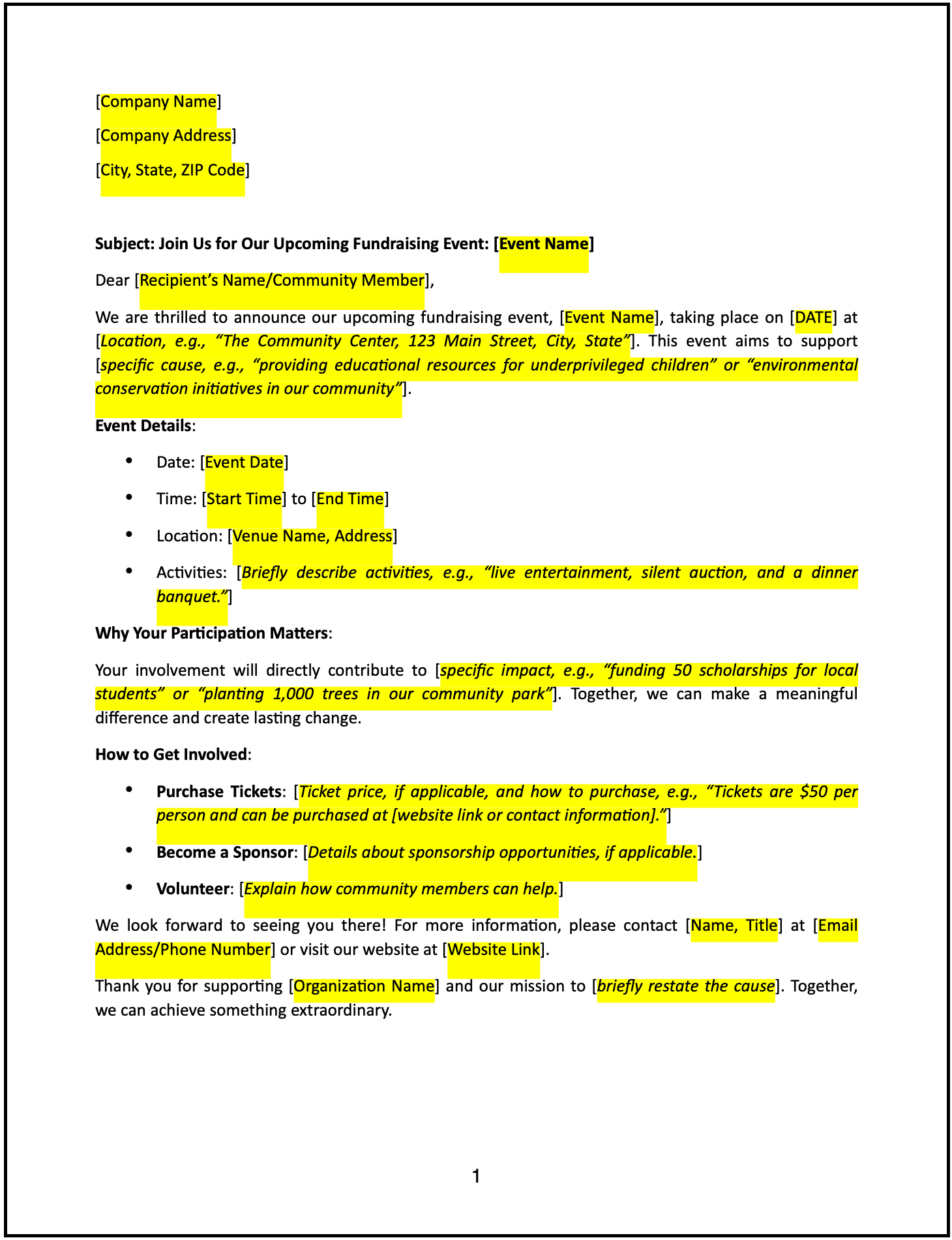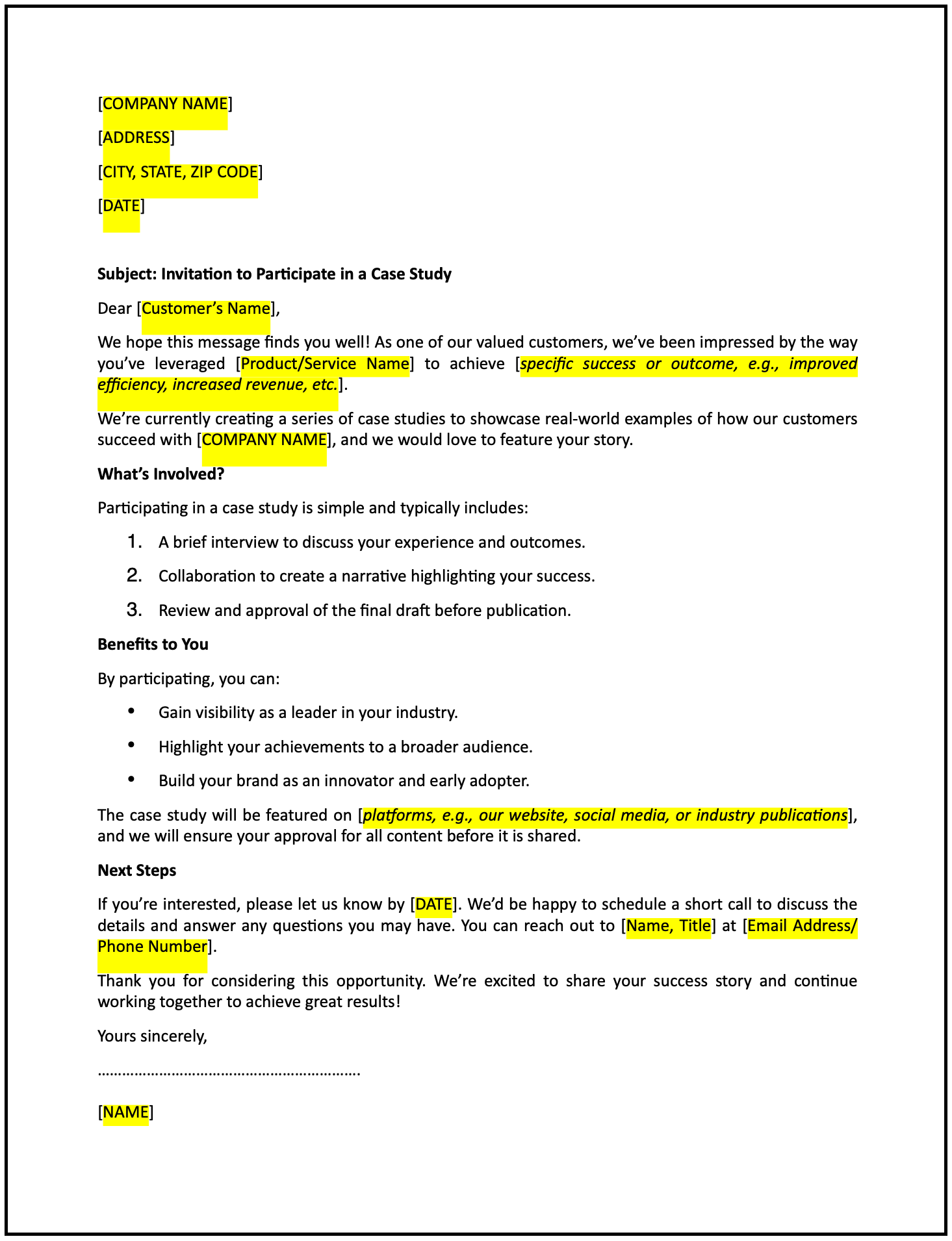Notification of satisfaction of conditions precedent letter: Free template

Notification of satisfaction of conditions precedent letter
A notification of satisfaction of conditions precedent letter is a formal communication used to confirm that certain pre-agreed requirements under a contract have been fulfilled. These conditions must be met before obligations or next steps under the agreement become enforceable. This letter is typically sent by one party to another to formally acknowledge that the relevant conditions have been satisfied and that performance under the contract can proceed.
This type of letter helps preserve contractual timelines, provides written confirmation for audit and legal purposes, and supports a smooth transition into the next phase of the agreement.
How to use this notification of satisfaction of conditions precedent letter
- Open with an introduction: Address the recipient respectfully and reference the contract by title, parties involved, and effective date.
- State the purpose: Clearly explain that the purpose of the letter is to notify the recipient that the specified conditions precedent have been satisfied.
- Identify the conditions: List or describe the specific conditions that have been met, referencing the relevant section(s) of the contract.
- Confirm completion: Briefly explain how each condition was satisfied, including any supporting actions, documents, or events.
- State effect: Confirm that, as a result of the conditions being met, the relevant contract obligations, rights, or next steps may now begin or be enforced.
- Include supporting materials: If applicable, attach documents, certifications, or evidence that show completion of the conditions.
- Maintain a professional tone: Use clear and neutral language focused on accuracy and recordkeeping.
- Provide contact information: Include your full name, role, organization, phone number, and email in case of follow-up.
Benefits of using a notification of satisfaction of conditions precedent letter
- Promotes transparency: Formally communicates that key contractual milestones have been completed.
- Supports enforceability: Signals that contractual obligations or performance can begin.
- Reflects professionalism: Demonstrates structured contract management and attention to detail.
- Reduces ambiguity: Prevents disputes by documenting the timing and fulfillment of preconditions.
- Builds trust: Reinforces accountability and promotes clear communication between parties.
Tips for writing an effective notification of satisfaction of conditions precedent letter
- Be specific: Identify the contract and clearly list the conditions that have been fulfilled.
- Use professional language: Keep the tone formal, precise, and courteous.
- Provide context: Briefly explain how each condition was satisfied and reference supporting documentation if needed.
- Highlight implications: Clarify what happens next under the contract now that the conditions are met.
- Include actionable information: Let the recipient know whether any next steps are required.
- Keep it concise: Focus on factual details and clarity while maintaining a professional tone.
Frequently asked questions (FAQs)
Q: What details should I include in this letter?
A: Include the contract reference, a list of the conditions precedent, how each was satisfied, and what contractual step follows.
Q: Should I personalize the letter?
A: Yes. Address the recipient by name and tailor the letter to the specific contract and conditions involved.
Q: Who typically sends this letter?
A: Legal counsel, contract managers, or business representatives responsible for compliance with contractual milestones.
Q: How formal should this letter be?
A: The letter should be formal and precise, especially if used to trigger enforceability or payment.
Q: When should this letter be sent?
A: As soon as all applicable conditions precedent have been met and verified.
Q: Can this letter include attachments?
A: Yes. Attachments such as certificates, approvals, or third-party confirmations can support the notification.
Q: Is acknowledgment from the recipient required?
A: Not always, but it may be advisable to request acknowledgment if performance or payment is expected to follow.
This article contains general legal information and does not contain legal advice. Cobrief is not a law firm or a substitute for an attorney or law firm. The law is complex and changes often. For legal advice, please ask a lawyer.


